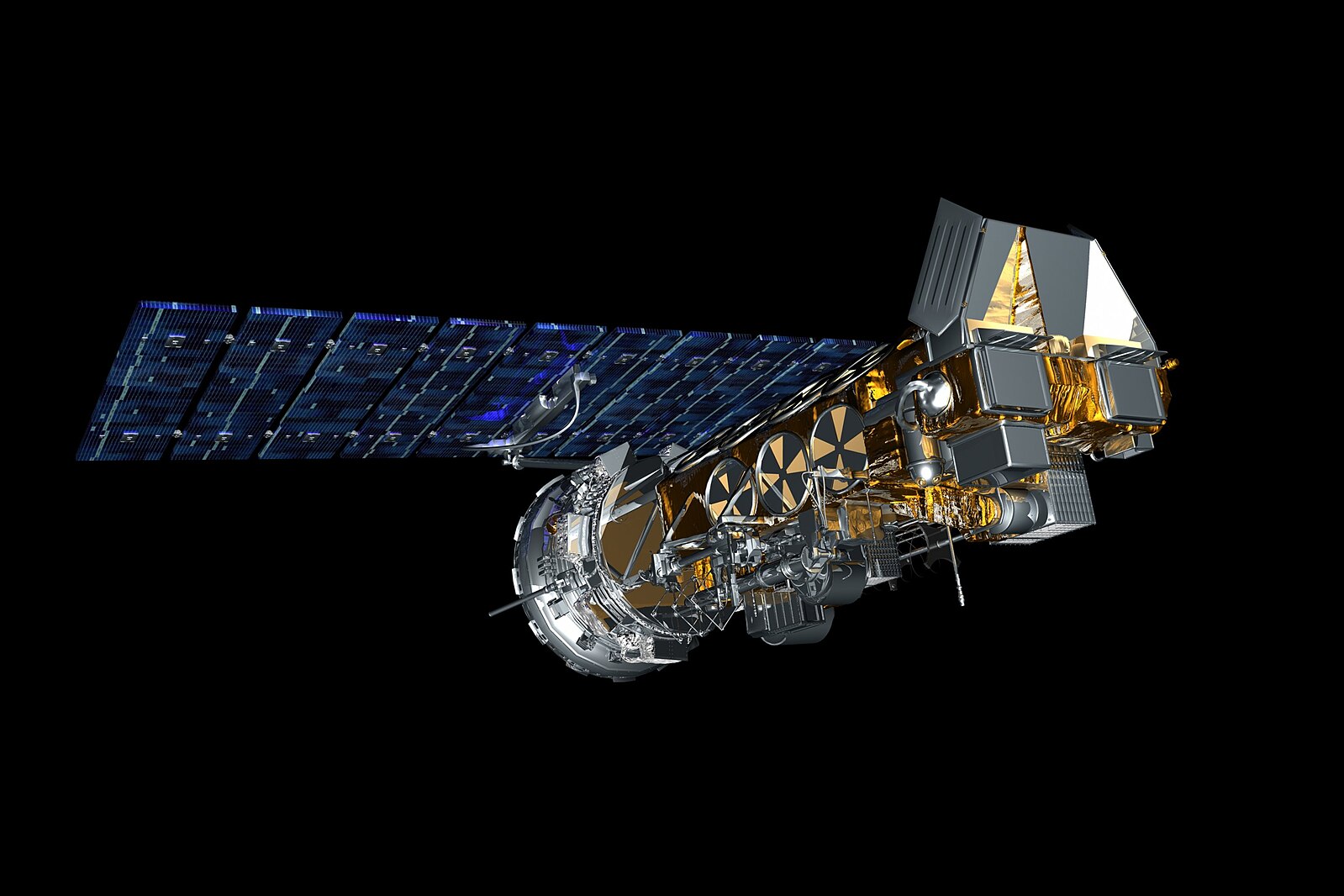In Tribute to NOAA Satellites

In June, old reliable NOAA-18’s S-band transmitter finally gave out after 20 long years of service, and the satellite was decommissioned.
Following NOAA-18’s failure in June, just two months later, the US government announced it would decommission NOAA-15 and NOAA-19 on very short notice, allegedly due to recent internal turmoil and budget cuts.
After this announcement, on August 12th, NOAA-15 was temporarily shut down, but was brought back online the next day due to the unexpected early shutdown of NOAA-19 caused by a battery failure. Today, August 18th, NOAA-15 will retire again, marking the end of all NOAA POES satellite operations. NOAA-15 has now operated for more than a quarter century, which is a testament to how well these satellites were built.
NOAA satellites not only provided invaluable weather information but also nurtured the radio literacy of young people around the world. They offered an easy and very rewarding experience of receiving satellite images. They were an easy gateway for getting into the hobby of radio telecommunication.
I came to know NOAA satellites in 2021, when my Elmer gave me an RTL-SDR to tinker with. After that, I installed WXtoIMG on my trusty windows laptop and waited for the next overhead pass, which I confirmed using N2YO.com. Since WXtoIMG displays an APT image in real-time, unlike satdump, I was able to witness an image of Indonesia slowly appear in front of my eyes as it was received, with the iconic sound of APT. I was beyond thrilled!!
Signature APT sound
This experience was a catalyst to study radio waves and get into the world of ham. I am so grateful to be born in this era to be able to receive images from space on my own with the power of NOAA satellites. Born too late to explore Earth, born too early to explore the galaxy, but born just in time to receive NOAA APT images from space.
The images below are some of my collection of images I received from NOAA satellites.
(4).png)
Australia, New Zealand, Indonesia, and Papua New Guinea.
(2).png)
Central Russia. You can see the Urals
(5).png)
Russia and Alaska, Bering Sea.
(1).png)
North Pole.
RIP NOAA Satellites. You will be missed.